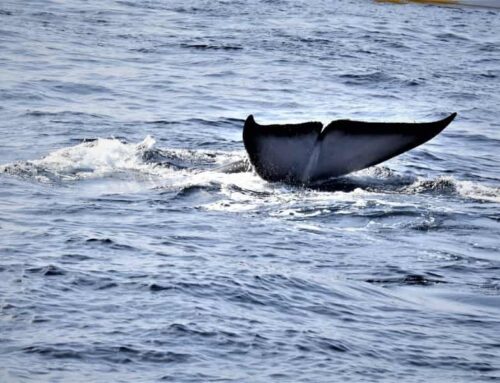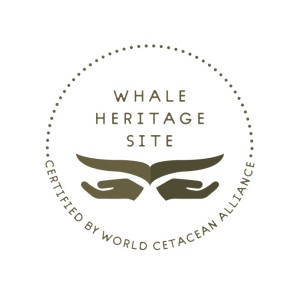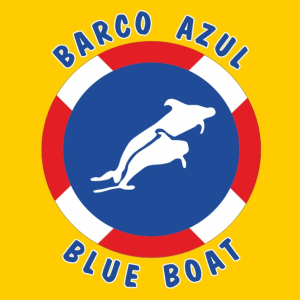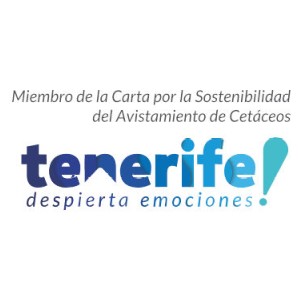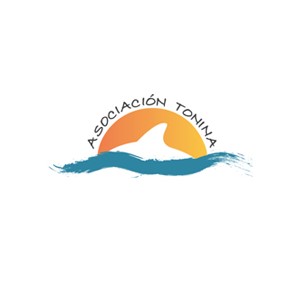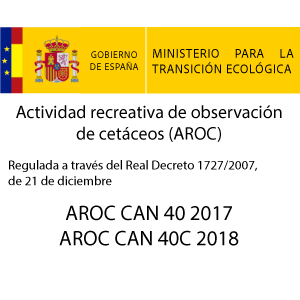Best Times and Places for Whale Watching in Tenerife
Committed to all quality standards.
A deeper and more specialized content on each of the key points for those wishing to live the incredible experience of whale watching off the coasts of Tenerife follows. This article focuses on providing you with detailed information on when and where to spot, as well as describing the ideal conditions and the species you may encounter.
Best Times and Places for Whale Watching in Tenerife
Tenerife has become one of the most famous destinations for cetacean observation, thanks to its mild climate and nutrient-rich waters that attract diverse species throughout the year. Even so, it’s important to understand in depth the best times to plan your visit and the most recommended locations to maximize your chances of success.
Sighting Calendar: When to Go?
To fully enjoy the experience, it’s helpful to understand the most favorable seasons and the factors that influence them:
- Peak Sighting Season (March to May)
- Migrations: During the spring months, various species of whales and dolphins pass through the Canary Islands on their migratory routes.
- Weather conditions: There’s usually good visibility, scarce rainfall, and moderate swells, which benefits navigation and cetacean detection.
- Second Sighting Peak (September to November)
- Reunion with large cetaceans: Many species that feed in colder waters return to temperate areas like Tenerife, seeking marine grounds rich in plankton and fish.
- Fewer crowds: Unlike the summer season, this period offers an ideal balance between pleasant weather conditions and fewer tourists.
- Rest of the Year
- Resident sightings: Species like the pilot whale and certain types of dolphins can be seen almost any time, making Tenerife a year-round destination for sightings.
- Weather considerations: In the winter months, swells can be stronger and winds more intense, so it’s advisable to be prepared for somewhat choppier sea conditions.
Additional Factors to Consider
- Lunar Phases: The clarity of the nights can influence the activity of marine animals. Often, after very bright nights, cetaceans are more active at dawn.
- Specific Events: Some species exhibit more striking behaviors (such as breaching or surface hunting) at specific times in their feeding or breeding cycle.
Key Coastal Observation Points
Tenerife is surrounded by coastal areas where it’s feasible to spot cetaceans without needing extensive boat trips. Although offshore excursions offer a higher probability of success, these observation points provide privileged views and, occasionally, unexpected encounters:
- Los Gigantes
- Imposing cliffs: These rock formations descend steeply into the ocean, and the waters reach great depths very close to the coast, facilitating the presence of pilot whales and bottlenose dolphins.
- Nearby tours: In the marina of Los Gigantes, there are multiple companies offering daily departures in small boats.
- Costa Adeje
- Diversity of operators: This is one of Tenerife’s tourism hubs, with a wide variety of excursions for all budgets.
- Fauna: Thanks to marine currents and food availability, it’s common to see dolphins and, in specific seasons, pilot whales and Bryde’s whales.
- Punta de Teno
- Natural environment: This is a protected area, with a lighthouse and viewpoints that allow for cetacean observation from land on clear days.
- Recommendation: It’s important to inquire about access hours, as part of the area restricts private vehicle entry to preserve the environment.
- Observation from coastal viewpoints
- Natural viewpoints: In addition to Punta de Teno, Tenerife has other viewpoints in the north and south of the island. Although the probability of seeing whales is not as high as from a boat, with good visibility and some patience, you can spot blows or fins in the distance.
Ideal Climate and Sea Conditions
Tenerife’s subtropical climate is characterized by mild temperatures and stable ocean currents, which benefit whale and dolphin watching. However, it’s worth considering:
- Trade winds: Coming from the northeast, they can intensify at certain times and generate swells that make navigation difficult.
- Water temperature: Ranges between 19°C and 24°C, favoring the year-round presence of resident species.
- Calm sea: Windless days with little cloud cover allow for greater clarity to locate cetaceans from a distance.
- Precautions: During periods of high swells or strong winds, many excursions are canceled or postponed to avoid risks.
Importance of the Time of Day
- Early morning: Waters are usually calmer, and there’s less boat traffic, increasing the chance of seeing surface activity.
- Late afternoon: The sunset light facilitates spectacular photos, and sometimes cetaceans appear closer to the coast.
Whale Species You Can Find
The variety of cetaceans that frequent the Canary Islands’ waters is extensive. Some of the most common or emblematic are:
- Pilot Whale (Globicephala macrorhynchus)
- Residence: Considered Tenerife’s “star” species, as it inhabits the area throughout the year.
- Behavior: It’s gregarious and travels in family groups, making it possible to observe several at once.
- Bottlenose Dolphin (Tursiops truncatus)
- The most sociable: Known for its curious nature, it often approaches boats to “play” with the wake.
- Frequent sightings: It’s one of the easiest cetaceans to find on daily sea excursions.
- Bryde’s Whale (Balaenoptera edeni)
- Medium size: Can be around 12 meters in length.
- Seasonal sightings: Usually appears during migration periods or when it finds large schools of fish.
- Atlantic Spotted Dolphin (Stenella frontalis)
- Characteristic spots: Features a spotted pattern on its body that intensifies with age.
- Frequency of appearance: Depends on food availability and its migratory route.
Extraordinary Sightings
- Sperm Whales: Although less common, occasional sightings of these giants have been reported. They can remain submerged for long periods searching for squid in deep waters.
- Orcas: They visit the Canary Islands very sporadically, especially following schools of tuna or dolphins.
Comparison of High and Low Seasons
The choice between visiting Tenerife in high season or low season will influence not only the type of sighting experience you’ll have but also other aspects such as prices, number of tourists, and tour availability.
- High Season (summer and holiday periods)
- Advantages: Greater availability of excursions, variety of schedules, and more nightlife in the ports.
- Disadvantages: Higher prices, especially for accommodation and premium tours. Tourist areas can be very crowded.
- Low Season (winter, except holiday periods)
- Advantages: Fewer visitors, calmer atmosphere, and possibility of finding deals on excursions and accommodation.
- Disadvantages: The weather can present days with strong winds or isolated rain, leading to cancellations or rescheduling of departures.
- Transition Seasons (spring and autumn)
- Ideal balance: Stable climate, lower tourist density, and high probability of sightings due to migrations.
- Moderate cost: Neither as high as in mid-summer nor as low as in the lowest season, but it usually maintains a good balance between price and quality.
Final Conclusions
Tenerife stands as an essential destination for nature lovers and whale watching enthusiasts. With pleasant temperatures throughout the year, multiple resident species, and opportunities to witness major migrations, it offers an unparalleled range of possibilities. The key is to know the characteristics of each season, choose the best place to start the adventure, and have the necessary foresight to enjoy a safe and environmentally respectful experience.
- Inform yourself about the weather conditions before traveling or booking a tour.
- Opt for responsible tour operators who respect the minimum distance from cetaceans and guarantee their well-being.
- Adjust your trip to the time of year that best suits what you’re looking for: tranquility and good weather, or more activity and a tourist atmosphere.
By planning your visit with the correct information, you will have many more guarantees of coming face-to-face with some of the most impressive creatures in the marine world, and of enjoying the natural beauty that makes Tenerife such a special place for whale watching.
